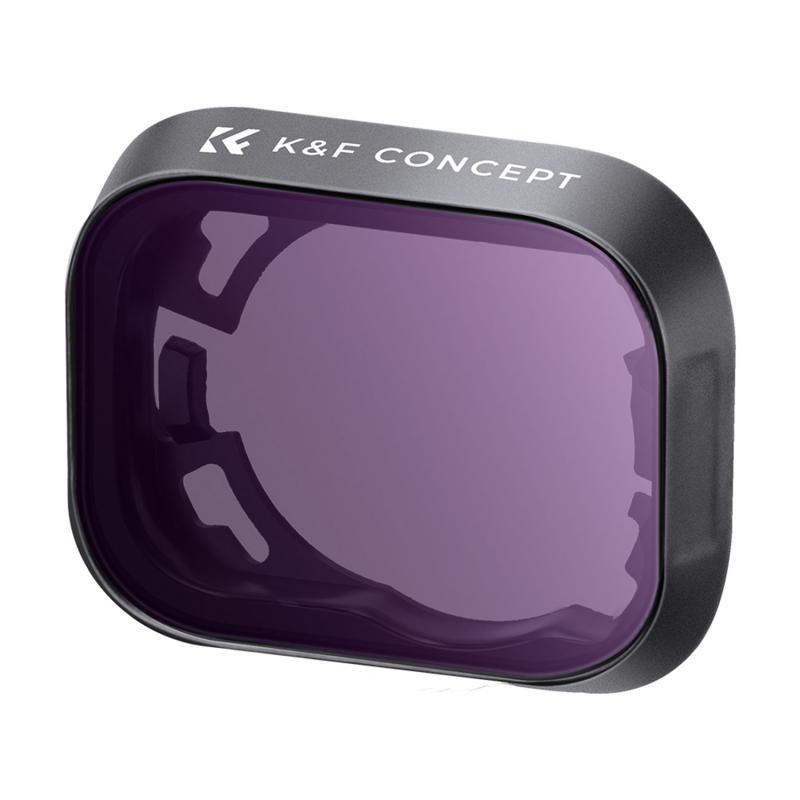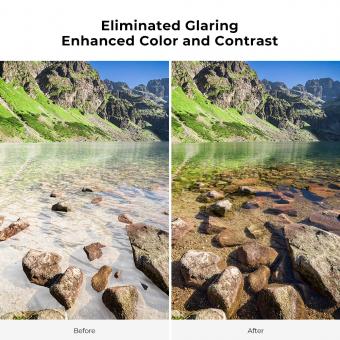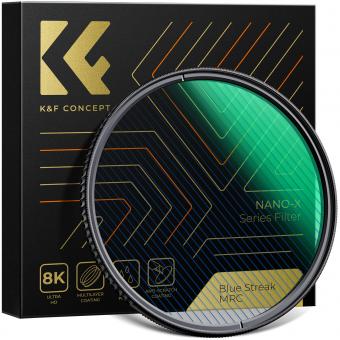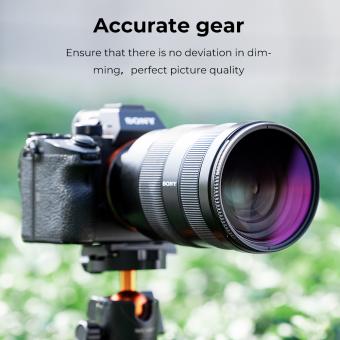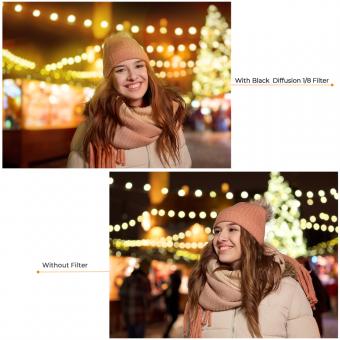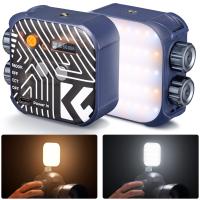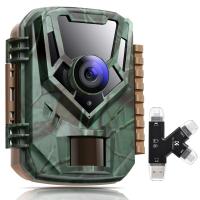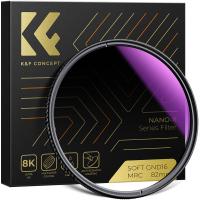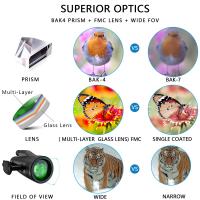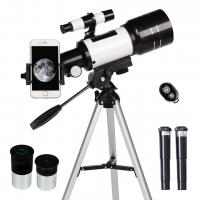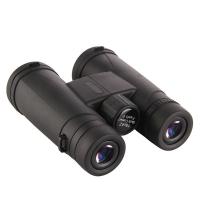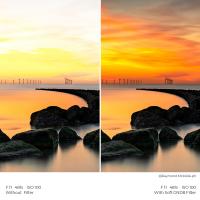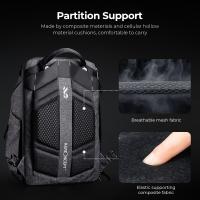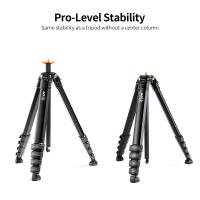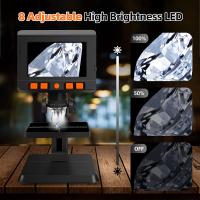How To Tell A Fake Hoya Nd Filter ?
There are a few ways to tell if a Hoya ND filter is fake:
1. Packaging: Check the packaging of the filter. If it looks cheap or poorly made, it may be a fake.
2. Price: If the price of the filter seems too good to be true, it probably is. Hoya filters are high-quality and typically come with a higher price tag.
3. Coating: Hoya filters are coated with a special multi-layer coating that helps to reduce reflections and increase light transmission. If the filter doesn't have this coating, it may be a fake.
4. Weight: Hoya filters are made with high-quality materials and are typically heavier than fake filters. If the filter feels light or flimsy, it may be a fake.
5. Engraving: Hoya filters have the Hoya logo and filter information engraved on the filter ring. If the engraving looks cheap or poorly done, it may be a fake.
1、 Quality of Glass
How to tell a fake Hoya ND filter:
1. Quality of Glass: One of the easiest ways to tell a fake Hoya ND filter is by examining the quality of the glass. Hoya filters are made with high-quality optical glass that is designed to minimize distortion and color cast. Fake filters, on the other hand, are often made with lower quality glass that can result in poor image quality.
2. Packaging: Another way to spot a fake Hoya ND filter is by examining the packaging. Hoya filters come in a distinctive packaging that includes a hologram sticker and a unique serial number. If the packaging looks different or lacks these features, it may be a fake.
3. Price: If the price of the Hoya ND filter seems too good to be true, it probably is. Fake filters are often sold at significantly lower prices than genuine Hoya filters, so be wary of deals that seem too good to be true.
4. Branding: Check the branding on the filter. Hoya filters have the Hoya logo and branding on the filter ring, while fake filters may have a different logo or no branding at all.
5. Weight: Hoya filters are made with high-quality materials and are typically heavier than fake filters. If the filter feels unusually light, it may be a fake.
It's important to note that counterfeiters are constantly improving their techniques, so it's always a good idea to purchase filters from a reputable dealer and to do your research before making a purchase. Additionally, it's important to keep in mind that not all filters are created equal, and even genuine Hoya filters may not be the best choice for your specific needs.
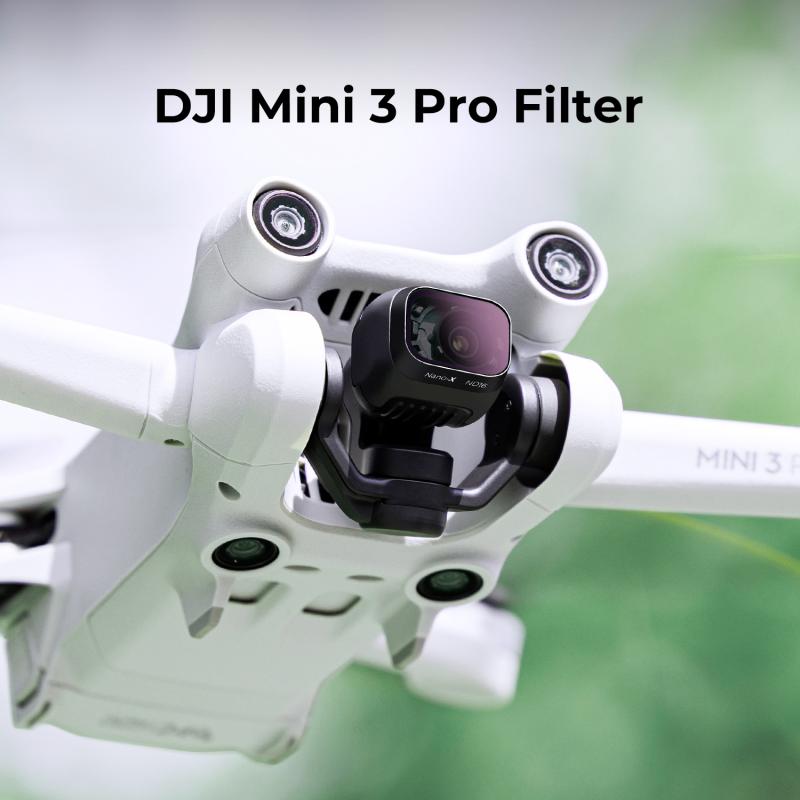
2、 Coating Quality
One way to tell a fake Hoya ND filter is to check the coating quality. Hoya filters are known for their high-quality coatings that provide excellent light transmission and reduce reflections. Fake filters often have poor coating quality, resulting in lower image quality and increased reflections.
To check the coating quality, hold the filter up to a light source and look for any visible defects or inconsistencies in the coating. A genuine Hoya filter should have a smooth and even coating that appears uniform across the surface of the filter. If you notice any bubbles, scratches, or unevenness in the coating, it may be a sign that the filter is fake.
Another way to check the coating quality is to test the filter's performance in different lighting conditions. A genuine Hoya filter should provide consistent results across a range of lighting conditions, while a fake filter may produce inconsistent or poor results.
It's important to note that counterfeiters are constantly improving their techniques, so it's important to stay up-to-date on the latest developments in fake filter detection. One recent trend is the use of holographic stickers that mimic the genuine Hoya hologram. However, these stickers can often be easily peeled off or have a lower quality hologram than the genuine product.
In summary, checking the coating quality is one way to tell a fake Hoya ND filter. However, it's important to stay vigilant and keep up-to-date on the latest developments in fake filter detection to ensure that you're getting a genuine product.
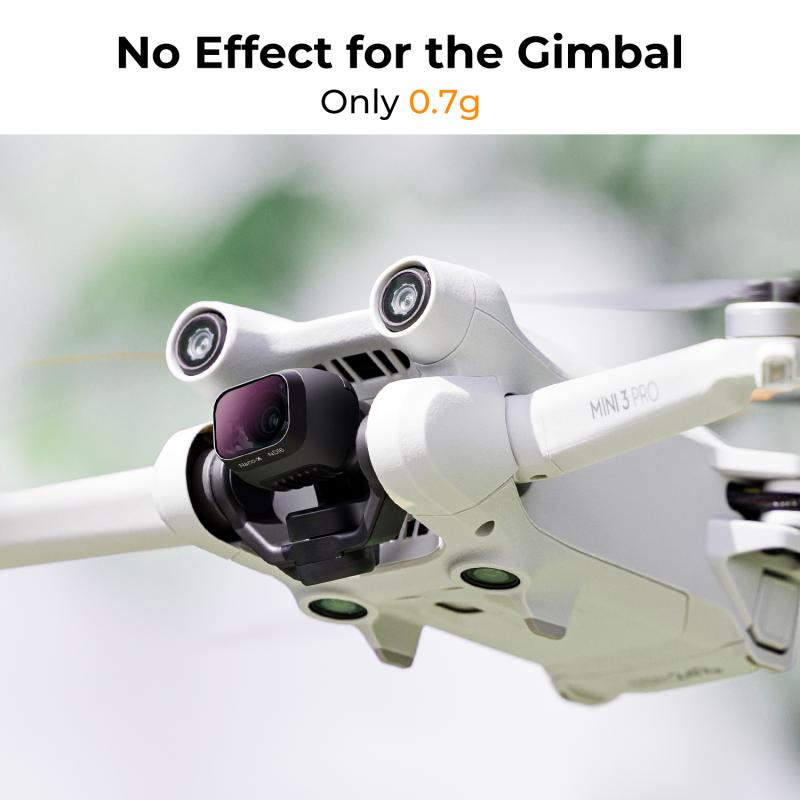
3、 Packaging and Branding
How to tell a fake Hoya ND filter? There are a few ways to spot a fake Hoya ND filter, but the most reliable method is to check the packaging and branding.
Firstly, check the packaging. Genuine Hoya ND filters come in a high-quality, sturdy box with a clear plastic window that allows you to see the filter inside. The box should also have the Hoya logo and product information printed clearly and accurately. If the packaging looks cheap or poorly made, it could be a sign that the filter is fake.
Secondly, check the branding. Genuine Hoya ND filters have the Hoya logo and product information printed directly onto the filter. The printing should be clear, sharp, and evenly spaced. If the branding looks blurry, smudged, or uneven, it could be a sign that the filter is fake.
It's worth noting that counterfeiters are becoming increasingly sophisticated, and some fake Hoya ND filters may have packaging and branding that looks very similar to the genuine product. Therefore, it's always a good idea to buy from a reputable retailer and to do your research before making a purchase. You can also check the Hoya website for a list of authorized dealers to ensure that you're buying a genuine product.
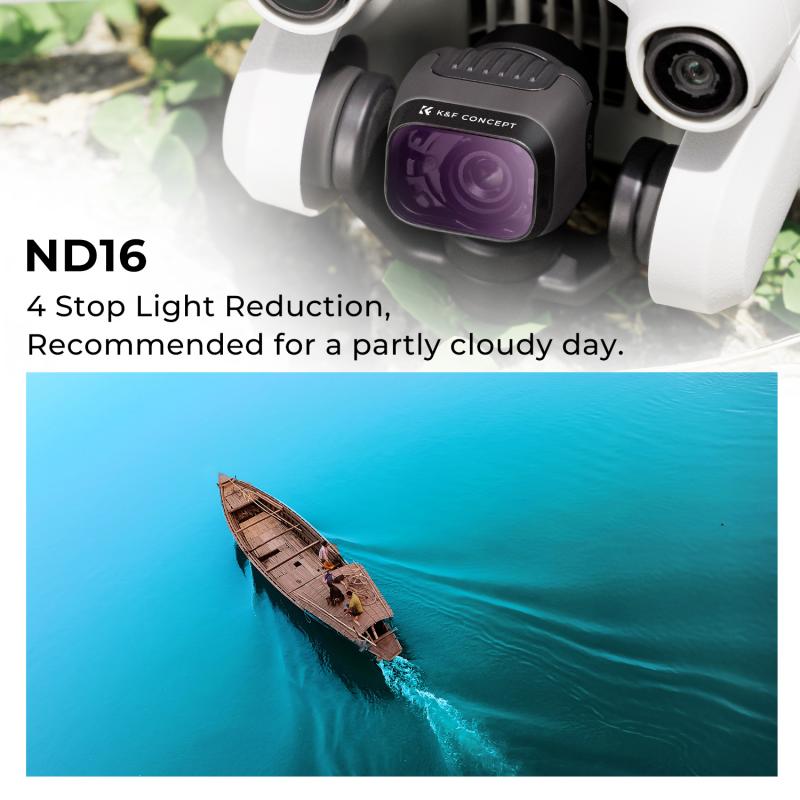
4、 Price Discrepancies
How to tell a fake Hoya ND filter? One of the most common ways to spot a fake Hoya ND filter is by looking for price discrepancies. If the price of the filter seems too good to be true, then it probably is. Hoya is a well-known brand that produces high-quality filters, and their products are priced accordingly. If you come across a Hoya ND filter that is significantly cheaper than the market price, then it is likely a fake.
Another way to spot a fake Hoya ND filter is by examining the packaging. Hoya filters come in a distinctive packaging that includes a hologram sticker and a serial number. If the packaging looks different or lacks these features, then it is likely a fake.
It is also important to note that the quality of the filter itself can be a giveaway. A fake Hoya ND filter may have poor quality glass or coatings, resulting in lower image quality and color accuracy. Additionally, the filter may not fit properly on your lens or may have threads that are not compatible with your camera.
In recent years, counterfeit products have become more sophisticated, making it harder to spot fakes. Some counterfeiters have even started using hologram stickers and serial numbers on their packaging. Therefore, it is important to purchase from reputable sellers and to do your research before making a purchase.
In conclusion, price discrepancies are a common way to spot a fake Hoya ND filter, but it is important to examine the packaging and quality of the filter itself as well. As counterfeiters become more sophisticated, it is important to stay vigilant and purchase from reputable sources.
